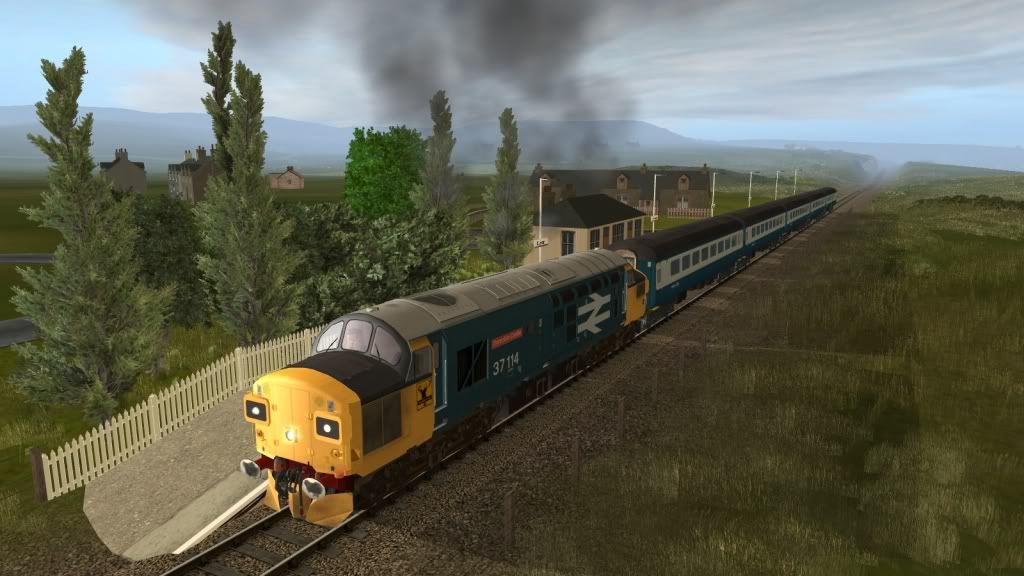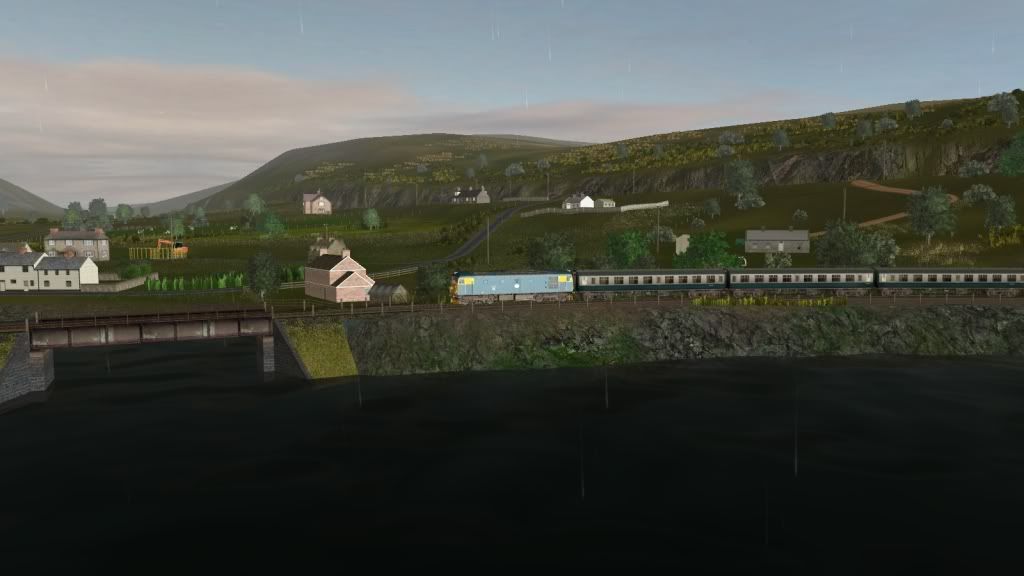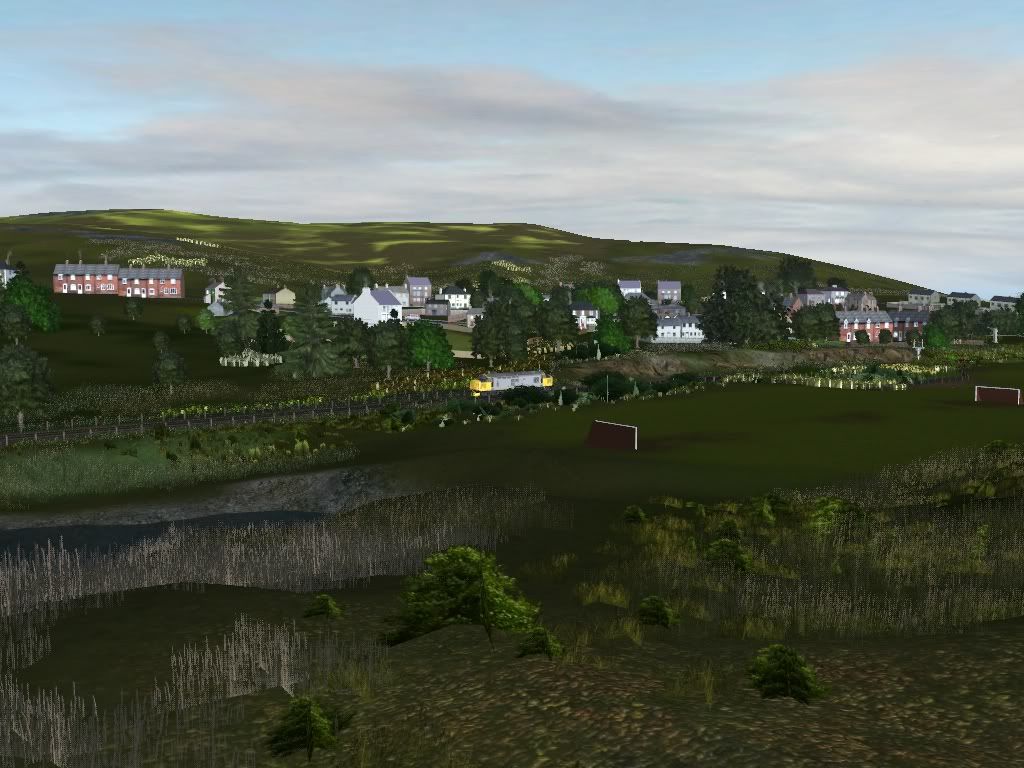mezzoprezzo
Content appreciator
.
I’ve seen some really good results for the US; at least I think they’re good, because I don’t know the areas to compare the results. Dermmy’s prototypcal routes come to mind (where are you Andy?). He has stated in the Forum that some of his work was created using DEM software.
However, I’ve not knowingly seen images of any UK Routes which have used a DEM for creating the basic landscape.
I’ve been building the Swanage Railway, raising the Purbeck Hills by hand over basemaps. Progress is extremely slow. Being a bit of a perfectionist I’ve been hand sculpting the terrain so that it matches reality as closely as Trainz will allow on the 10m grid.
I’m tempted to have a go at building a DEM, but have been put off by the apparent complexity of learning how to do it. My track record at sorting out anything too technical is poor! I also understand that DEM landscape creation will only be as good as the quality of the basic data, and that the UK data won’t allow as precise a creation as might be achieved from other mapped areas of the world.
So, I don’t want to embark on a technological voyage which will possibly be abandoned, unless the pursuit of the end result is worthwhile.
Does anyone have screenshot examples of a Trainz Route created from a UK DEM, preferably of a well known landscape with recognisable hills, from which comparisons can be made with the real area?
I’ve seen some really good results for the US; at least I think they’re good, because I don’t know the areas to compare the results. Dermmy’s prototypcal routes come to mind (where are you Andy?). He has stated in the Forum that some of his work was created using DEM software.
However, I’ve not knowingly seen images of any UK Routes which have used a DEM for creating the basic landscape.
I’ve been building the Swanage Railway, raising the Purbeck Hills by hand over basemaps. Progress is extremely slow. Being a bit of a perfectionist I’ve been hand sculpting the terrain so that it matches reality as closely as Trainz will allow on the 10m grid.
I’m tempted to have a go at building a DEM, but have been put off by the apparent complexity of learning how to do it. My track record at sorting out anything too technical is poor! I also understand that DEM landscape creation will only be as good as the quality of the basic data, and that the UK data won’t allow as precise a creation as might be achieved from other mapped areas of the world.
So, I don’t want to embark on a technological voyage which will possibly be abandoned, unless the pursuit of the end result is worthwhile.
Does anyone have screenshot examples of a Trainz Route created from a UK DEM, preferably of a well known landscape with recognisable hills, from which comparisons can be made with the real area?





